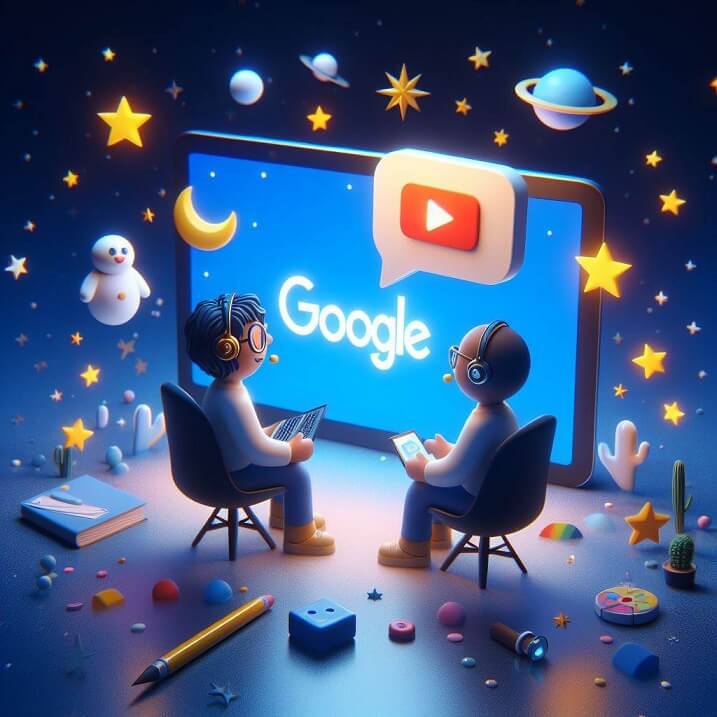Google Starline is an experimental project by Google that creates a high-fidelity, real-time, 3D video chat experience. It uses a combination of custom-built hardware, high-resolution cameras, and depth sensors to capture a person’s image and surroundings in 3D. This data is then compressed and streamed to another Starline booth, where it is reconstructed and displayed on a large, high-resolution light field display. The result is a lifelike, three-dimensional image of the other person that appears to be sitting right in front of you.
Starline is still in the early stages of development, but it has the potential to revolutionize the way we communicate remotely. It could be used for a variety of purposes, such as business meetings, education, and even social interaction.
Here are some of the key features of Google Starline:
- High-fidelity 3D video: Starline captures and displays people in 3D, which creates a more natural and immersive experience than traditional video chat.
- Real-time: Starline works in real-time, so there is no lag or delay in the conversation.
- Lifelike interaction: Starline allows you to make eye contact, gesture, and move around naturally, just like you would in a face-to-face conversation.
- High-resolution display: Starline uses a high-resolution light field display that provides a clear and detailed image of the other person.
Beyond the Screen: Is Google Starline the Future of Video Chat?
Long gone are the days when video calls meant pixelated faces and awkward silences. Google’s experimental Project Starline throws open the door to a new era of communication, blurring the lines between physical and virtual interaction. Let’s dive into this groundbreaking technology and explore its potential to revolutionize the way we connect.
Stepping into the Future:
Forget flat, two-dimensional screens. Starline transports you into a shared 3D space. Using high-resolution cameras and depth sensors, it captures your image and surroundings, creating a life-sized, lifelike representation. Talk about immersive! Imagine having a meeting where you can lean in, make natural gestures, and feel like you’re truly sitting across from your colleague, even if they’re oceans away.
Breaking Down Barriers:
This isn’t just about fancy visuals. Starline tackles the communication hurdles that plague traditional video calls. No more lagging conversations or misinterpreting body language. Real-time audio and accurate depth perception ensure smooth interactions, fostering deeper connections and collaboration. Picture brainstorming sessions where ideas flow freely, fueled by natural eye contact and nonverbal cues.
Beyond Business:
While Starline holds immense potential for businesses, its impact extends far beyond the boardroom. Imagine grandparents connecting with their grandkids in an almost real-time embrace, or long-distance couples experiencing the intimacy of a shared virtual space. The possibilities for bridging distances and enriching human connections are endless.
Challenges and the Road Ahead:
As with any cutting-edge technology, Starline faces its share of challenges. The current prototypes are bulky and require dedicated booths, limiting accessibility. Cost and scalability are also hurdles to overcome before widespread adoption.
Looking Forward:
Despite these challenges, Starline represents a monumental leap in video communication. With continued development and innovation, it could become the new normal, transforming how we work, learn, and connect with loved ones. While the future remains unwritten, one thing is clear: Google Starline is pushing the boundaries of what’s possible, raising the bar for the way we interact in a virtual world.
What are your thoughts on Google Starline? Do you think it has the potential to change the way we connect? Share your insights in the comments below!

